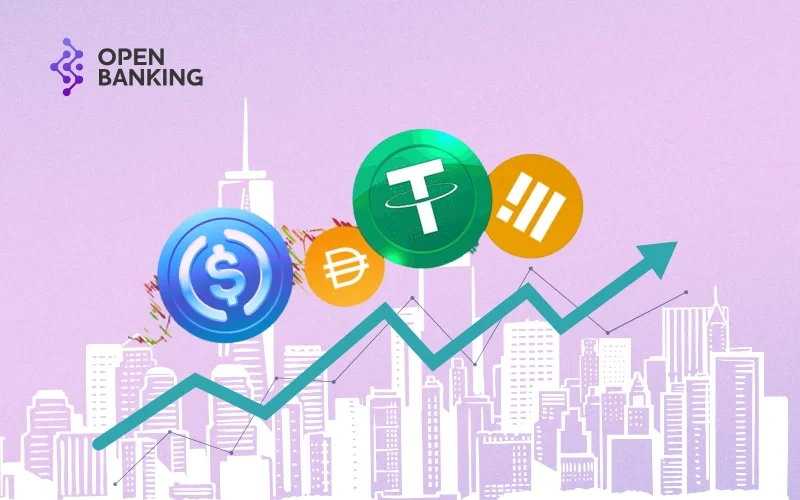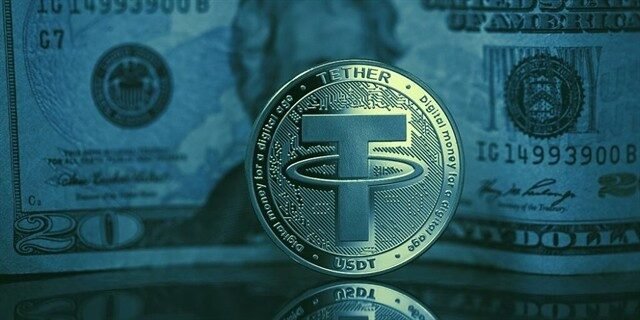In 2025, USDT Vietnam stands as the most familiar name on the stablecoin list trusted by local crypto traders. From peer-to-peer transactions to cross-border payments, USDT has become a daily tool for many. But what if that dominance fades? What happens if Vietnamese traders start to pull away from their reliance on USDT?
This what-if scenario opens a conversation about stability, trust, and the flexibility of Vietnam’s crypto landscape.
The Stablecoin List: Who Steps In After USDT?
If USDT were to lose its position, the stablecoin list would quickly shift. USDC seems well-positioned to take its place. It’s already seen by some Vietnamese traders as a more transparent and regulated alternative, though its current local liquidity is still building.
DAI could also rise, especially among traders who prefer decentralization and value independence from large corporations. However, DAI’s more complex structure and smaller market footprint in Vietnam might slow its growth as a replacement.
BUSD, while once a contender, has seen declining trust in recent years due to regulatory pressures. Its re-emergence would depend on significant changes in how it’s managed globally.

Credit from: Brookings
How Would Vietnamese Traders Adapt?
If USDT Vietnam became less available or faced sudden restrictions, Vietnamese traders would likely react quickly. The local crypto community is known for its agility. Traders often switch platforms, payment methods, or even digital assets at surprising speed when the market shifts.
Peer-to-peer networks in Vietnam would likely pivot toward the next most liquid stablecoin, possibly USDC. However, the transition could cause short-term trading delays or force traders to accept higher spreads as new liquidity builds.
In more informal crypto circles, this switch could cause some friction. USDT has long been the go-to choice because of its simplicity and familiarity. Adjusting daily habits—wallets, pricing references, group norms—would take time.
Potential Risks: Market Volatility and Reduced Access
A sudden shift away from USDT could also introduce market volatility. Vietnamese traders who rely on quick conversions between stablecoins and Vietnamese Dong might experience delays, slippage, or less favorable exchange rates.
Liquidity gaps could also appear. If buyers and sellers take time to adjust to new stablecoins, this could briefly slow the pace of Vietnam’s typically fast peer-to-peer crypto transactions.
In the worst-case scenario, reduced access to reliable stablecoins could push some traders to pause activities altogether, especially smaller participants who lack the resources to navigate complex exchanges.


Could Other Stablecoins Fill the Gap?
It’s likely that Vietnamese traders would diversify their stablecoin use rather than crown a single replacement. USDC might lead, but coins like DAI or even newer stablecoins could carve out their own communities.
Crypto-savvy traders might start holding multiple stablecoins as a strategy to manage risk. This could result in a more fragmented but possibly more resilient Vietnamese crypto scene.
Emerging regional stablecoins, possibly backed by Asian financial players, could also enter the conversation if Vietnamese traders lose confidence in USDT.

Credit from Open Banking
Real-World Signs: Are Traders Preparing?
There are already subtle signs that Vietnamese traders are thinking about alternatives. In community groups, traders sometimes discuss backup coins or ask for quotes in multiple stablecoins, not just USDT. Some are creating multi-wallet setups to stay flexible if platforms shift away from USDT pairs.
However, the stablecoin list in Vietnam today still overwhelmingly revolves around USDT. For now, most traders continue to use what they know and trust.

Credit from Vietnam+ (VietnamPlus)
Conclusion: A Stablecoin List Ready to Evolve
While USDT Vietnam currently leads the stablecoin list trusted by Vietnamese traders, this what-if scenario reminds us that change in crypto can be sudden. If USDT’s position weakens, Vietnamese traders would likely adapt quickly, with USDC, DAI, and potentially new stablecoins stepping in to fill the gap.
For now, USDT remains the central player, but the flexibility of Vietnam’s traders suggests they won’t hesitate to pivot when needed. In Vietnam’s crypto world, trust is always in motion.



